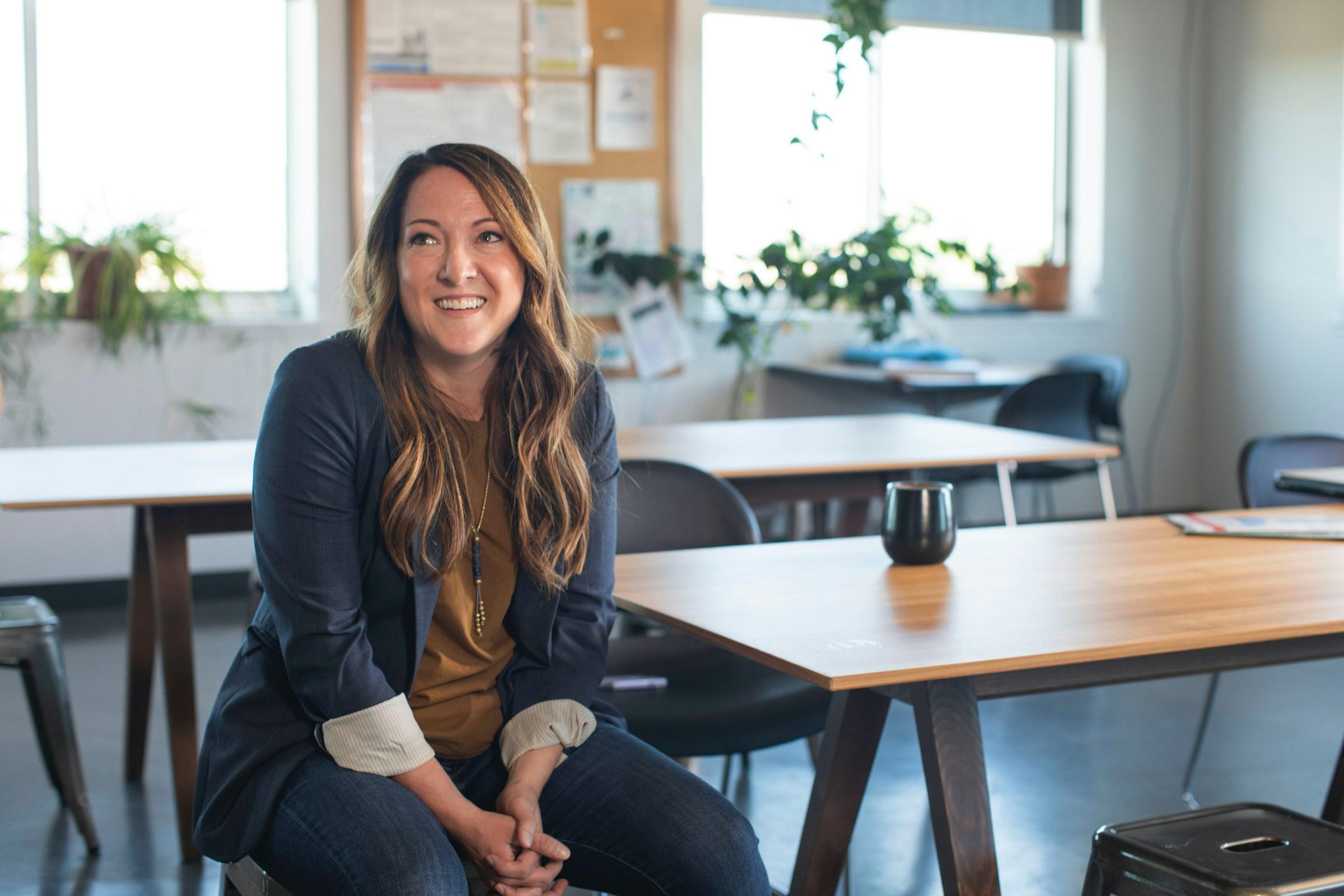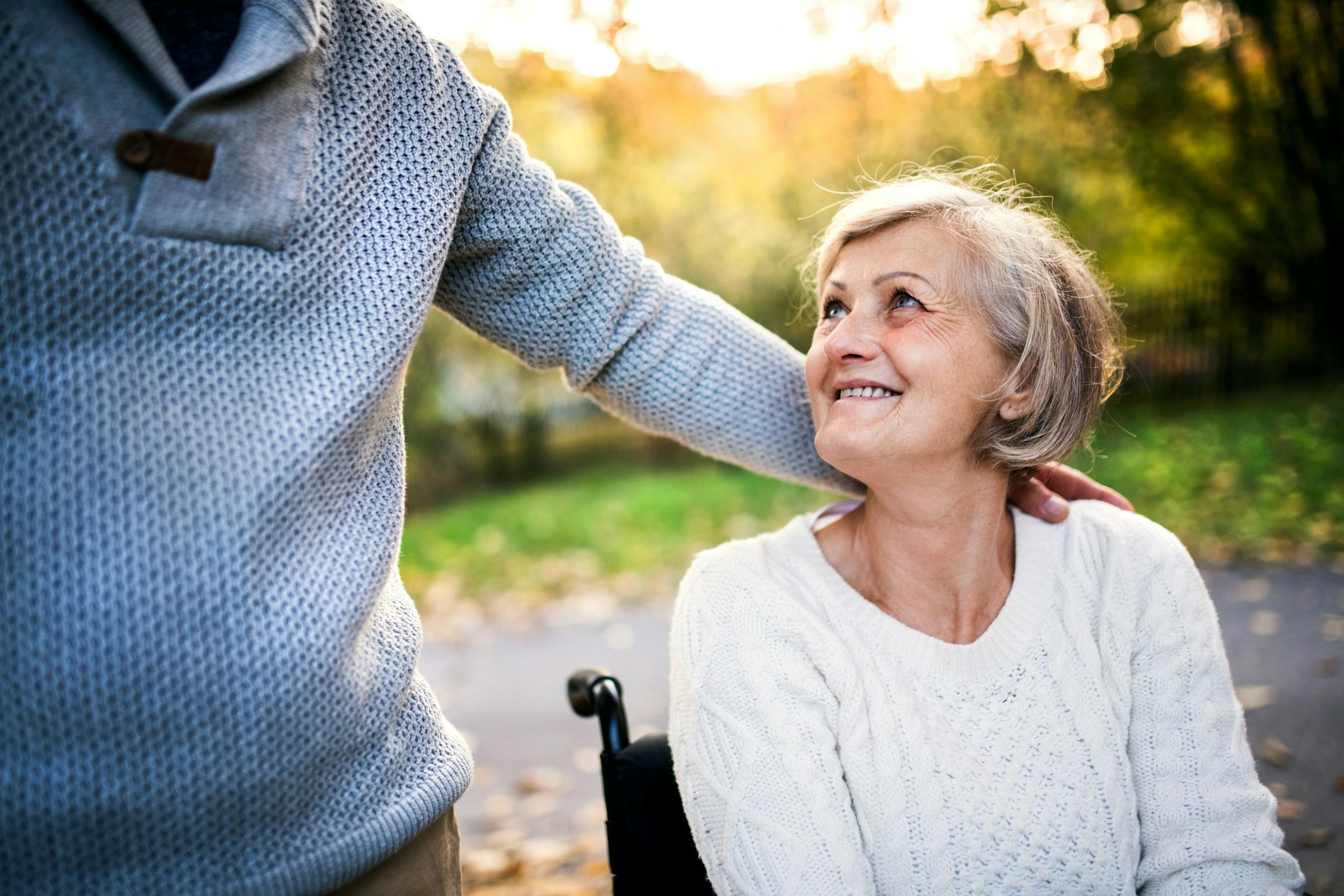Most people think of ambidexterity as a party trick, a neat way to sign your name with either hand or to switch a tennis racquet mid rally and surprise a friend. The truth is more useful and less glamorous. Very few people are born truly ambidextrous, but almost everyone can train their non dominant side enough to gain practical benefits in daily life. When you shift the goal from chasing a label to reducing bottlenecks in how you move, work, recover, and focus, the idea starts to look less like a novelty and more like good system design for a human body that needs to perform for decades.
The body adapts to whatever you repeat. That is the simplest rule of skill. The brain lays down new pathways as you practice specific movements and patterns, and those pathways strengthen when the practice is frequent, precise, and followed by adequate sleep. Daily life, however, does not encourage balanced practice. We carry bags on the same shoulder, hold the phone in the same hand, keep the mouse on one side of the desk, always twist jars in the direction that feels intuitive, and always lead with the side that already feels smooth. These choices feel trivial because none of them hurt today. Over months and years they form a clear pattern of uneven load. Grip strength differs from left to right, one shoulder slowly gets worse at end range, the neck turns more easily to one side than the other, and a handful of small aches begin to appear late on long days. Light ambidexterity training is a way to redistribute that load. Switch the mouse for a block of time, carry the phone on the other side during a commute, and let the bag ride on the shoulder that usually gets a break. The first days are clumsy and irritating. The following weeks are calmer, with fewer hot spots by evening and more endurance for the tasks that matter.
There is also a quiet mental benefit that shows up the moment you ask the non dominant hand to help. Novelty demands attention. When you brush your teeth with the other hand or try to click and drag with the other wrist, you cannot coast on automatic pilot. Your focus narrows to the present step. You slow down, notice the texture of what you are doing, and cut the tiny automatic errors that come from rushing through familiar sequences. This is not a mystical mindfulness routine. It is a direct and low cost way to surface attention on demand, a tiny reset button that you can press without a timer or an app whenever your mind starts to skid across the surface of a task.
Sports make the case in a louder way. The athlete who can dribble, pass, or finish on both sides is harder to trap and harder to predict. The climber who alternates grips and tames awkward orientations preserves forearm endurance through a longer session. The boxer who spends a few minutes shadowing in the opposite stance learns balance from a new angle and sharpens footwork when switching back. None of these skills require the rare genetic package that produces full ambidexterity. They require short, repeatable drills that target the weak side and stop before form breaks down. A little competence on the off side expands options under pressure. Options are the currency of performance. The more you have, the calmer you can remain when things speed up.
Creative and technical work also benefit from better two sided coordination, even if the gains are easy to miss. Pianists teach each hand a different role and then ask them to cooperate on timing and dynamics. Illustrators sometimes train the non dominant hand to hold, rotate, steady, and support while the dominant hand executes the stroke. Coders refine their environment so that both hands share navigation and formatting through split shortcut maps, reducing travel distance and wrist strain across thousands of keystrokes. In each case the training is not about identity. It is about assigning specific jobs to each side so the system runs with less friction.
A less celebrated benefit, and the one that matters most the first time life goes sideways, is resilience during injury or overload. You sprain a wrist, jam a finger, or develop a flare of tendon pain at the worst moment. The day still asks for work, childcare, driving, and basic self care. If you have rehearsed a handful of daily tasks on the other side, you do not lose independence while you heal. You can manage buttons, open jars, type short notes, carry light groceries, and keep moving without provoking the injury. That independence lowers stress, and lower stress protects sleep, and better sleep speeds recovery. The chain is obvious once you are in it. Preparedness feels boring when you do not need it. It feels invaluable when you do.
All of this is an argument for functional symmetry, not for a crusade to erase dominance. Trying to remake yourself into a perfectly balanced creature in every domain is not only unrealistic but also counterproductive. Specialization exists for a reason. Your dominant hand owns speed and precision for many fine tasks because it has decades of practice. Keep that advantage where it helps. Use ambidexterity training to remove bottlenecks, not to flatten your strengths. This caution is especially important for children. Research on mixed handedness in development is complex and sometimes confusing. Rather than forcing a young child to switch hands, keep exposure playful and light, focus on coordination and exploration, and let preference emerge. If there is a concern about hand use, talk to a professional who works with children before designing a plan.
Adults can take a simple and grounded approach that begins with measurement. Note your grip strength on both sides with a cheap dynamometer or a consistent test using a home scale and a towel. Track a one minute farmer carry with a light weight and record which hand loses posture first. Time a keyboard test where each hand takes the lead for a cluster of shortcuts and see where the friction lives. Observe where your shoulder or neck feels tight after a long day of work. The point is not to build a lab in your living room. The point is to write down a baseline so that you can tell whether the next six weeks changed anything that you care about.
Then choose a narrow focus. In the first two weeks, move your mouse to the non dominant side for one hour a day. Accept that you will miss clicks and right click the wrong places. That friction fades. In the next two weeks, keep the mouse block and add short handwriting sessions with the other hand. Ten neat lines is enough. This is not about art. It is about refinement and patience. In the following two weeks, add a sport specific drill that demands both sides. Ten layups off the off foot, or a light pair of wall passes on the weaker side, or five minutes of opposite stance footwork in front of a mirror. Stop early if form collapses. Stop before frustration crowds out attention. The glue that holds this together is frequency. Short, daily exposures that you actually do will always beat a heroic session that you dread and then skip.
Computers and phones offer hidden leverage because the repetitions add up without extra calendar time. Map your shortcuts so that navigation lives under one hand and execution lives under the other. Or reverse the roles. The result is shorter travel, fewer awkward reaches, and lower tension at the wrist. Carry your phone on the opposite side during commutes and long walks. Scroll with the other thumb in short windows rather than for entire hours. Use voice notes when possible because your thumbs are not built for endless load. Little changes spread stress more evenly across tissue that would prefer not to be hammered in only one pattern.
Strength work can help restore balance without theatrics. If you already train, trade a small slice of bilateral lifts for unilateral variations. Split squats, single arm rows, and single arm presses teach the body to stabilize and produce force without letting the dominant side hide the weak link. Start the set with the weaker side, match reps with the stronger side, and spend more of your attention on posture and tempo than on load. If you do not train, you can still collect hundreds of useful repetitions in the kitchen. Stir with the other hand while you watch the pot. Hold the bowl with the other side while you whisk. Lift pans with the other grip when it is safe to do so and never when it is not. These are ordinary motions that become free practice when you are paying attention.
Expect uneven progress and be comfortable letting some tasks remain lopsided. You do not have to teach your other hand to sign perfect cursive or to pour a full kettle with the grace of a barista. Keep the drills that deliver cleaner workdays, calmer workouts, and fewer aches. Drop the ones that cost more time and patience than they return. You are not assembling a new identity. You are building a portfolio of bilateral competence that pays dividends quietly.
There is a mindset that makes this easier to sustain. Think like a designer who is removing single points of failure from a system. If one hand, wrist, or shoulder is overloaded, what breaks first. If you cannot use your dominant side for a week, which parts of your life stall. Once you see the fragile links, adjust the inputs so that risk is shared. Redundancy will never feel exciting. It will feel invisible right up until you need it, and then it will feel like the smartest thing you did all year.
No practice plan survives a tired nervous system. Sleep is where the brain consolidates new pathways, which means sleep is the real training partner for your ambidexterity experiments. Keep a steady bedtime, keep protein intake consistent, and keep caffeine early. The best drills fail if recovery is chaotic. The inverse is also true. Modest drills work well when recovery is steady.
In a team setting you can scale these ideas into your culture without adding meetings or apps. Rotate simple tools so people break their keyboard loop for ten minutes before brainstorming. Encourage short non dominant side drills as a reset at the start of long creative blocks. A small burst of novelty wakes attention without adding pressure to produce. That helps teams move from autopilot to presence before the work that matters most.
Safety should always sit above ambition. Many tools are biased to right handed use. Scissors and can openers are the obvious examples, but specialized mice, camera bodies, and instruments can be just as unforgiving. For those tasks, use ambidextrous hardware when possible and keep the dominant side in charge when it is not. The aim is to improve function and reduce strain, not to create new hazards in the name of symmetry.
After six weeks of thoughtful practice, most people notice less shoulder and neck tightness at the end of long days, smoother control in a simple sports drill on the weaker side, and easier access to focused attention during the first minutes of a task. None of that requires extreme effort or a new identity. It requires a handful of consistent, low friction habits that piggyback on routines you already run. If a habit does not survive a messy week, it was not designed well enough. If the practice can live inside the life you already have, it will stick, and the benefits will compound in quiet ways.
Ambidexterity, understood as functional symmetry rather than a flashy label, offers real benefits because it widens your options, spreads stress across tissues that need a break, creates resilience when life goes wrong, and gives you a quick on switch for attention. You can measure those gains in your notebook and feel them in your day. The work is not loud. The work is steady. You do not need to be a different person to earn it. You only need better inputs and the patience to repeat them.














